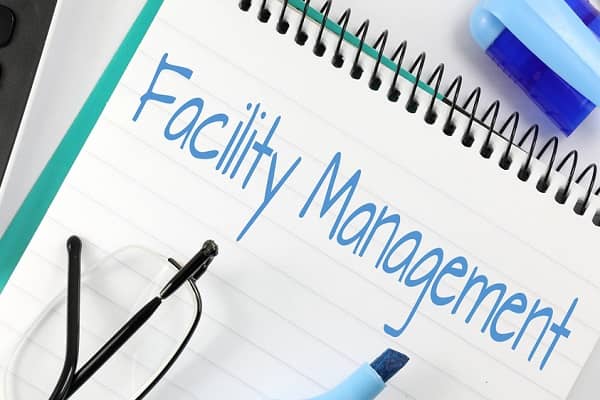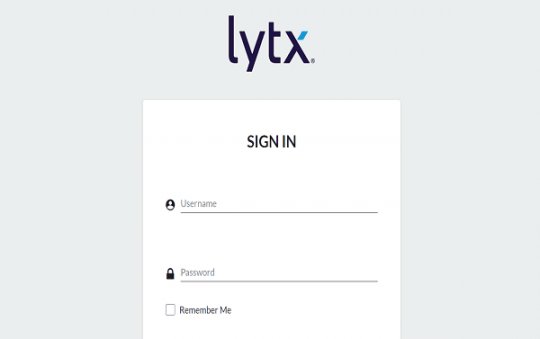In the post-pandemic era, there are always new rules and roles in facility management. To adapt with the changing situation, you need flexibility, adaptability and foresight.
Facilities managers are no longer responsible for managing buildings and assets. A facility strategy that is effective includes helping employees to manage their flexible work schedules, working with a wider range of workers, and using technology.
The employee experience is changing as employees use the office differently and its amenities in a new way.
However, facility leaders must still manage traditional facility management responsibilities such as optimizing real estate costs, maintaining maintenance and meeting new standards of cleanliness.
Are you still there? We are here to help! These strategies will help you go beyond just survival to becoming a facility management Rockstar.
Strategies for facility management in the post-pandemic era
First, focus on safety and health at work
When you are creating your return to work plan, safety and health must be top of the agenda.
The uncertainty and anxiety surrounding returning to work are increasing with the new COVID-19 variants.
Employees must be kept at a safe distance from each other, regardless of whether they have been vaccinated. This is the foundation of effective facility management. This means that you will need to redesign your floor plans , and rethink the seating arrangement to make more space between desks.
Alternating shifts may be a good way to reduce daily occupancy. One group could use the office Mondays through Wednesdays, while another group uses it Tuesdays through Friday.
Protect your employees by providing sanitizing stations for employees. Make extra masks available for visitors and employees who want to wear them.
To streamline guest check in and increase security, consider using a visitor tracking system. This will allow you to have more control over who can enter the space. It is a good idea to encourage guests to register and to make it simple and hygienic for them to ID themselves and notify their host using a touchless system.
Participating in the design of your new facility is a great way to ensure your team feels safe. To better understand their concerns and comfort with returning, you can survey them.
To help employees re-introduce themselves to the facility, create a planning committee. Regularly share important announcements and updates.
Safety covers both mental and physical health. Research shows many employees desire flexibility in working remotely. However, they also want to be able to return to the office at most a few days per week. Some employees may feel more stressed and anxious if they work remotely for too long. They also feel lonely and disconnected from their colleagues. Others felt the pandemic worsened their existing mental health problems or created new ones.
According to the Center for Disease Control, mental illness such as depression is associated with higher rates of unemployment and disability . According to the CDC, depression can interfere with a person’s ability to perform physical tasks 20% of the times and lower cognitive performance 35% of all the time. Even though there is an increase in Americans aged 18 and over who are experiencing mental illness symptoms, only 57% and 40% of employees who report mild depression receive treatment.
You can help your employees manage their mental health by taking the following steps:
Offering free or subsidized counseling and corporate wellness programs Seminars or workshops can be held on self-regulation techniques such as mindfulness, breathing exercises and meditation to reduce stress and anxiety, improve focus, and motivate.
Employees can host virtual, in-person or hybrid connections that address topics outside of the facility. This gives them a chance to express their feelings and experience.
Check out the additional suggestions and resources of the CDC. Get more ideas from companies like Unilever, Bell and EY on how to support employees’ mental health.
Your team can find the right spaces and technology to meet their needs.
According to a McKinsey Global survey, office space managers expect an increase of 36% outside work after the pandemic. Many companies are looking to improve the efficiency of their office space and rethinking how they approach real estate. This could be as simple as deciding to not renew leases or consolidating spaces that aren’t being used. Or it could also mean using the space in a smarter way.
Desk hoteling makes it easy for employees to reserve space, depending on what work they are doing. This also reduces the number of empty desks on any given day, which improves space utilization.
Your facility management strategy may include leasing smaller coworking spaces that allow employees to collaborate closer to their homes if fewer people commute to the central office.
Remote employees may require new furniture or equipment for their homes.
Make sure they have the right type of chair and desk, and invest in ergonomic keyboards and wireless headsets.
Take into account the facility’s technology requirements as well as your physical needs. As employees adjust to new ways of communicating with their colleagues and perform new job functions, the boom in digital technology can cause a tech tangle.
Members of the Forbes Human Resources Council recommend using new technology by incentivization and incremental physical activity, informal and collaborative training sessions, engagement, and follow-up. Employees can be more productive by investing in intuitive mobile applications without having to learn new technologies.
Also read: How to Choose a Financial Planner
Facility management software can help you increase your performance
Every facility management maestro requires a facility management software to keep him on track. Every leader in the facility needs a system that helps them stay organized and manage all their responsibilities.
CloudApper’s Facility Management Software brings all your facility layout and asset information together and makes them actionable. This transforms static floor plans into a dynamic facility.
Instantly relocate your furniture and seating arrangements, observe how your employees use your space, forecast your future real-estate needs, and more.
So you can keep up to date with the pace of changes, robust reports will show you how each decision affects your facility portfolio.
The right facility management team is all you need to become a facility management maestro. Take a look at our facility management software today.



